I detta ämne samlas information om utländska system för lägesuppföljning.
Allmänt meddelande
Kollapsa
No announcement yet.
Datoriserad lägesuppföljning
Kollapsa
X
-
-
Amerikanskt nationellt system för gemensam lägesbild.
Länken nedan går till en en-timmes videopresentation av USAs system för nationell lägesuppföljning av räddningsinsatser/större händelser.
Videopresentation som handlar om Virtual operations, planning and sharing>>>Senast ändrad av PO; 2009-11-17, 07:46.
-
Gemensam lägesbild USA
Bifogat finns en del dokument om ett projekt i USA som syftar till att skapa en gemensam nationell lägesbild. Det kallas för virtualUSA.
Här är en länk till ett demonstrationssystem i Virginia för gemensam lägesbild: https://cop.vdem.virginia.gov/viper/
Kommentera
-
Amerikanskt datoriserat ledningsstöd, LDDRS
Department of Homeland Security har kommersialiserat sitt ledningsstöd LDDRS (Ladders) som bygger på det nationella ledningstänket NICS, National Incident Command System. Det finns en intressant video som visar ungefär de konster som systemet hanterar och hur man arbetar med det i praktiken vid en skogsbrand.
Kommentera
-
NICS, Next Generation Incident Command System, DHS, NATO, 2014-2021
Department of Homeland Security, DHS, i USA har tillsammans med NATO utvecklat ett system som de kallar för NICS, Next Generation Incident Command System. Det har tagit en intressant sväng då de för några år sedan släppte ledningssystemet som öppen källkod så att det stod andra fritt att utveckla systemet vidare. Nu när det gått några år sedan källkoden släpptes har DHS tillsammans med non-profitorganisationen Beacon startat arbetet med att samla in och ta tillvara de erfarenheter och lösningar som gjorts när programmet funnits med öppen källkod.
http://www.dhs.gov/science-and-techn...onse-communityBifogade filer Hämta alla filer i en zip-fil
Kommentera
-
Gemensam lägesbild vid eftersök och räddning, SARCOP, USA - 2025
Ett amerikanskt system framtaget av Department of Homeland Security användes skarpt vid de kraftiga översvämningarna i Texas. Systemet visade sig vara till stor hjälp och eftersom det var bland de första gångerna det användes skarpt utvecklades användandet efterhand som insatsen fortskred.
 Search and Rescue Common Operating Platform (SARCOP)™ The Search and Rescue Common Operating Platform (SARCOP) is a multiagency platform designed to share information and intelligence throughout all levels of incident response – from the first responder in the field to a decision-maker in the Emergency Operations Center. SARCOP not only helps save lives but sustains lives. Why do Search and Rescue Teams use SARCOP? Task Force members discussing building collapse operations using SARCOP on a tablet in the field. SARCOP on a Tablet SARCOP Is... SARCOP is a secure, interagency platform designed to assist agencies plan and conduct effective search and rescue (SAR) operations. SARCOP aggregates access to easy-to-use mobile applications (work online and offline), web-based applications, and advanced geospatial analytics into a single website. It is used for mapping out where search and rescue operations have occurred and provides detailed search coverage analysis, so no survivors are left behind. The National Search and Rescue Geospatial Coordination (NSARGC) Group maintains two separate SARCOP systems supported by the National Alliance for Public Safety GIS (NAPSG) Foundation. The Blue Deployment SARCOP is used on real-world incidents and this system requires a username and password to access. The Red Sandbox is used for training and exercises. The Sandbox is a test site and is publicly available without the need for a username or password. Both systems, as well as training materials, can be found at www.responsesystem.org/sarcop. SARCOP Is NOT... It is not a Preliminary Damage Assessment (PDA) tool. US&R teams are often the first ones into an affected area and their damage observations and photos can be mapped in SARCOP. This information can be shared with the Joint PDA Teams to assist in the initial damage assessment process, but it does not replace systems designed specifically for this purpose. It is not a system for storing Personally Identifiable Information (PII). Personnel utilizing SARCOP are trained to not collect PII from disaster survivors or citizens at large with this system. Who can use SARCOP? First responders and Search and Rescue professionals conducting lifesaving missions that are part of the National Urban Search and Rescue System are the primary users of SARCOP. Currently, all twenty-eight FEMA US&R Task Forces, as well as a strong network of state and local US&R teams are trained to use SARCOP during SAR operations. Secondarily, Emergency Support Function (ESF) #9 stakeholders that support decision-making in direct support of SAR Operations may use SARCOP to get a strategic-level view of operations. Finally, there are many other potential stakeholders who can benefit from filtered and curated views of SARCOP data. For example, those involved in life-sustaining operations such as disaster survivor assistance, preliminary damage assessment, and community lifeline restoration. My team is responding to a major incident. How do I use SARCOP? Access to SARCOP should have already been established (If not, please see the next section). You should go to www.responsesystem.org/sarcop and click on the Blue button to access the Deployment SARCOP. Field teams will scan the QR code from the Battlecard tab. This will place the project configured for search and rescue operations on their device. They can then document SAR operations on or off-line. The Tech Info Specialist or Plans team can monitor operations using the Tactical and Strategic dashboard or use the Intel Manager to QA/QC incoming data. How can my team gain access to SARCOP? To gain access to SARCOP, reach out to your appropriate regional contact. Once your level of access is determined, you will receive instructions and links to training and orientation materials as appropriate.
Search and Rescue Common Operating Platform (SARCOP)™ The Search and Rescue Common Operating Platform (SARCOP) is a multiagency platform designed to share information and intelligence throughout all levels of incident response – from the first responder in the field to a decision-maker in the Emergency Operations Center. SARCOP not only helps save lives but sustains lives. Why do Search and Rescue Teams use SARCOP? Task Force members discussing building collapse operations using SARCOP on a tablet in the field. SARCOP on a Tablet SARCOP Is... SARCOP is a secure, interagency platform designed to assist agencies plan and conduct effective search and rescue (SAR) operations. SARCOP aggregates access to easy-to-use mobile applications (work online and offline), web-based applications, and advanced geospatial analytics into a single website. It is used for mapping out where search and rescue operations have occurred and provides detailed search coverage analysis, so no survivors are left behind. The National Search and Rescue Geospatial Coordination (NSARGC) Group maintains two separate SARCOP systems supported by the National Alliance for Public Safety GIS (NAPSG) Foundation. The Blue Deployment SARCOP is used on real-world incidents and this system requires a username and password to access. The Red Sandbox is used for training and exercises. The Sandbox is a test site and is publicly available without the need for a username or password. Both systems, as well as training materials, can be found at www.responsesystem.org/sarcop. SARCOP Is NOT... It is not a Preliminary Damage Assessment (PDA) tool. US&R teams are often the first ones into an affected area and their damage observations and photos can be mapped in SARCOP. This information can be shared with the Joint PDA Teams to assist in the initial damage assessment process, but it does not replace systems designed specifically for this purpose. It is not a system for storing Personally Identifiable Information (PII). Personnel utilizing SARCOP are trained to not collect PII from disaster survivors or citizens at large with this system. Who can use SARCOP? First responders and Search and Rescue professionals conducting lifesaving missions that are part of the National Urban Search and Rescue System are the primary users of SARCOP. Currently, all twenty-eight FEMA US&R Task Forces, as well as a strong network of state and local US&R teams are trained to use SARCOP during SAR operations. Secondarily, Emergency Support Function (ESF) #9 stakeholders that support decision-making in direct support of SAR Operations may use SARCOP to get a strategic-level view of operations. Finally, there are many other potential stakeholders who can benefit from filtered and curated views of SARCOP data. For example, those involved in life-sustaining operations such as disaster survivor assistance, preliminary damage assessment, and community lifeline restoration. My team is responding to a major incident. How do I use SARCOP? Access to SARCOP should have already been established (If not, please see the next section). You should go to www.responsesystem.org/sarcop and click on the Blue button to access the Deployment SARCOP. Field teams will scan the QR code from the Battlecard tab. This will place the project configured for search and rescue operations on their device. They can then document SAR operations on or off-line. The Tech Info Specialist or Plans team can monitor operations using the Tactical and Strategic dashboard or use the Intel Manager to QA/QC incoming data. How can my team gain access to SARCOP? To gain access to SARCOP, reach out to your appropriate regional contact. Once your level of access is determined, you will receive instructions and links to training and orientation materials as appropriate.
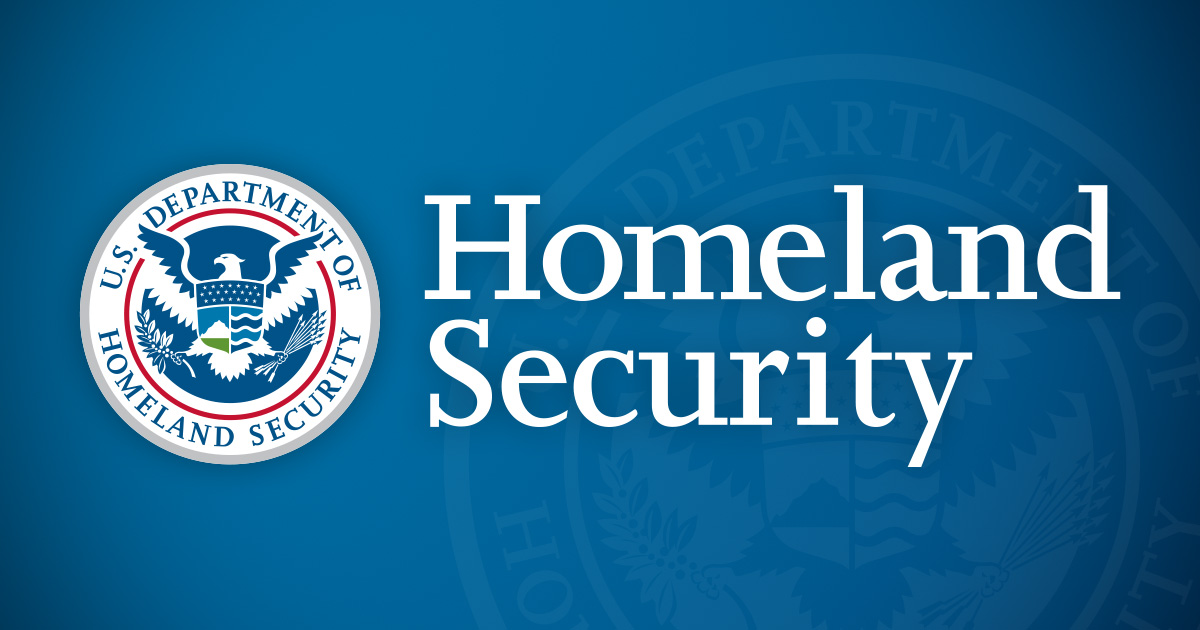 The Search and Rescue Common Operating Platform (SARCOP) connects all levels of disaster response to increase speed, efficiency, and save lives.
The Search and Rescue Common Operating Platform (SARCOP) connects all levels of disaster response to increase speed, efficiency, and save lives.
Kommentera
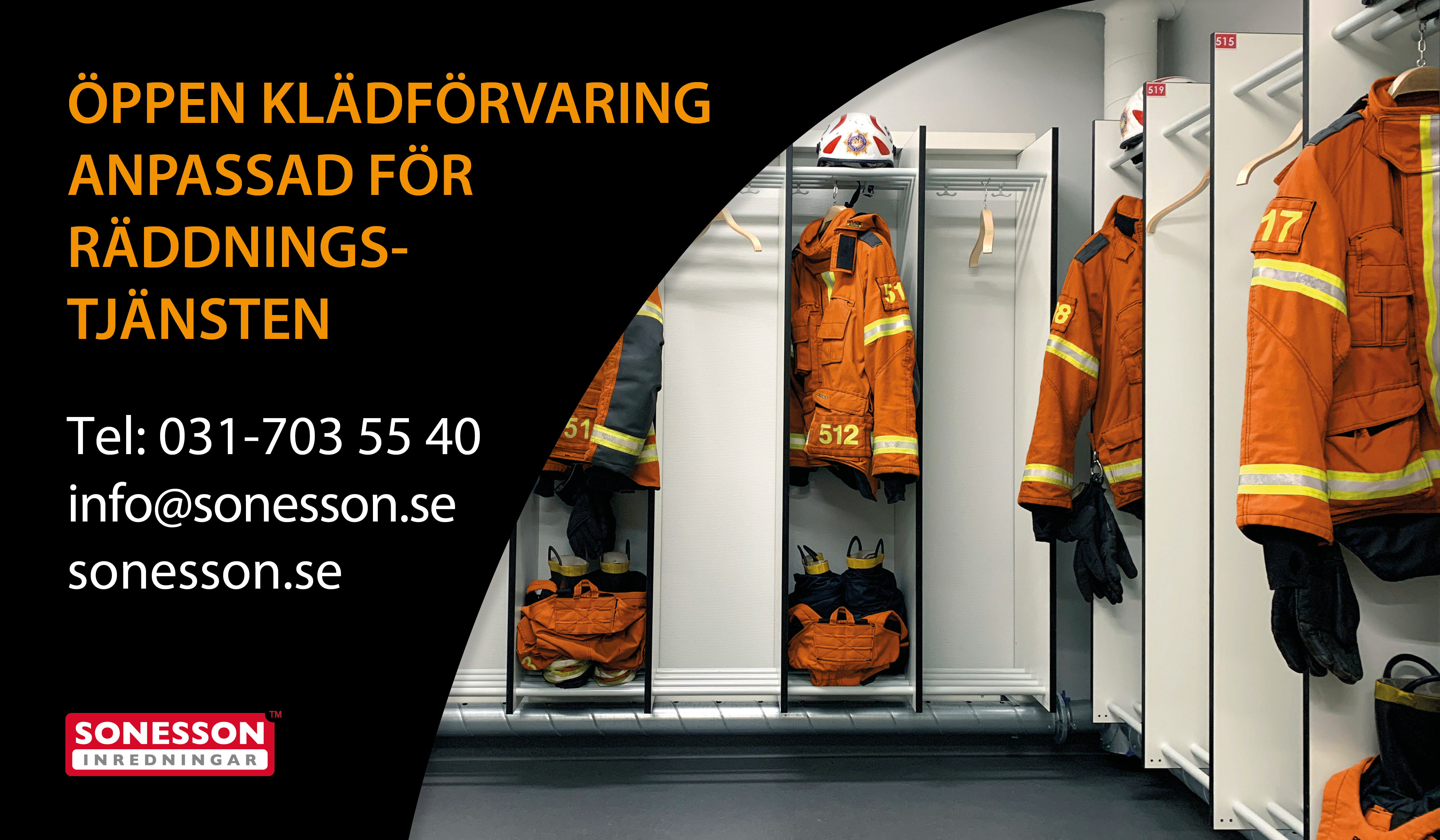

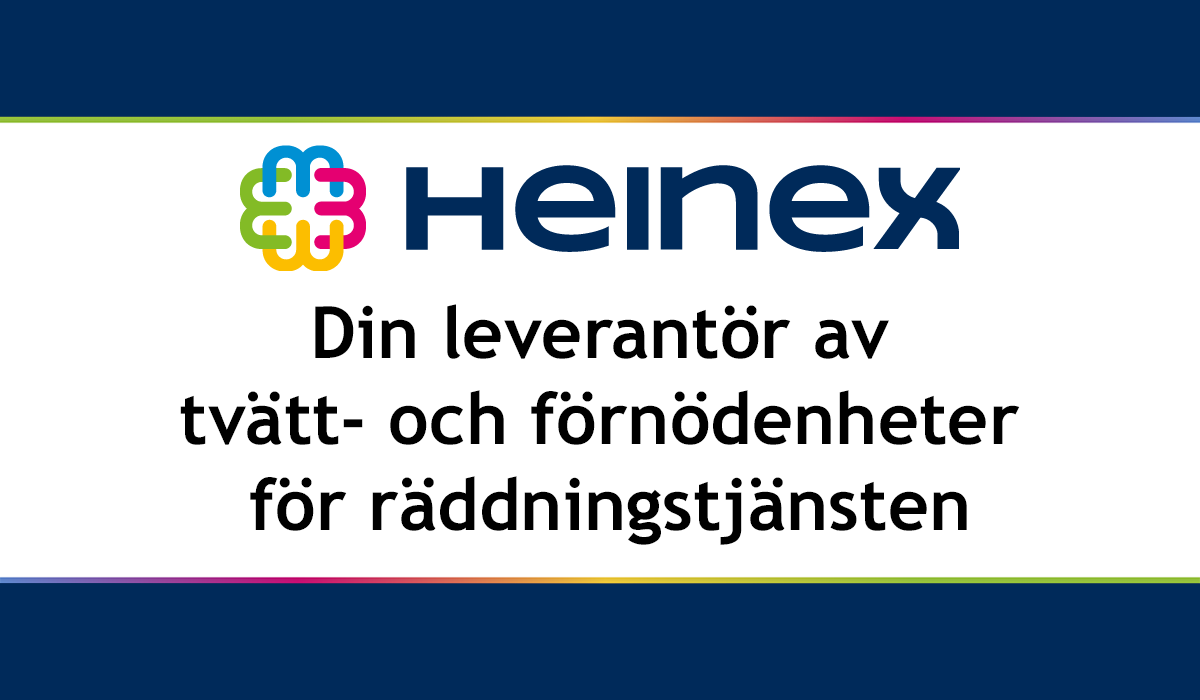
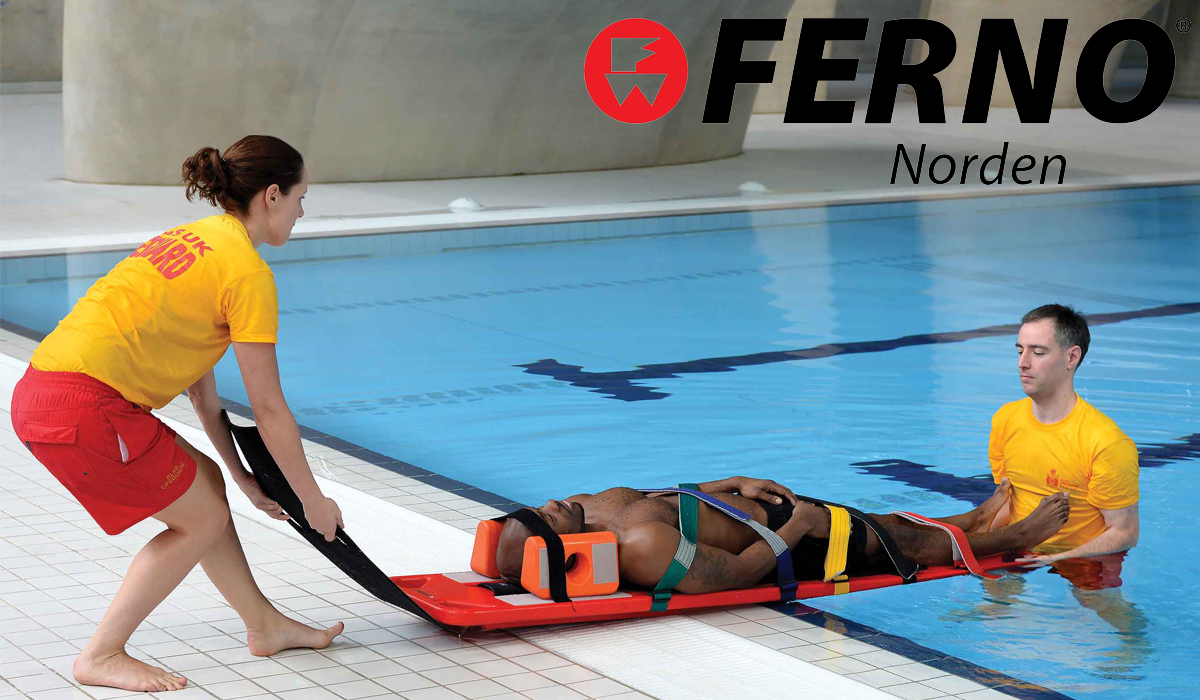
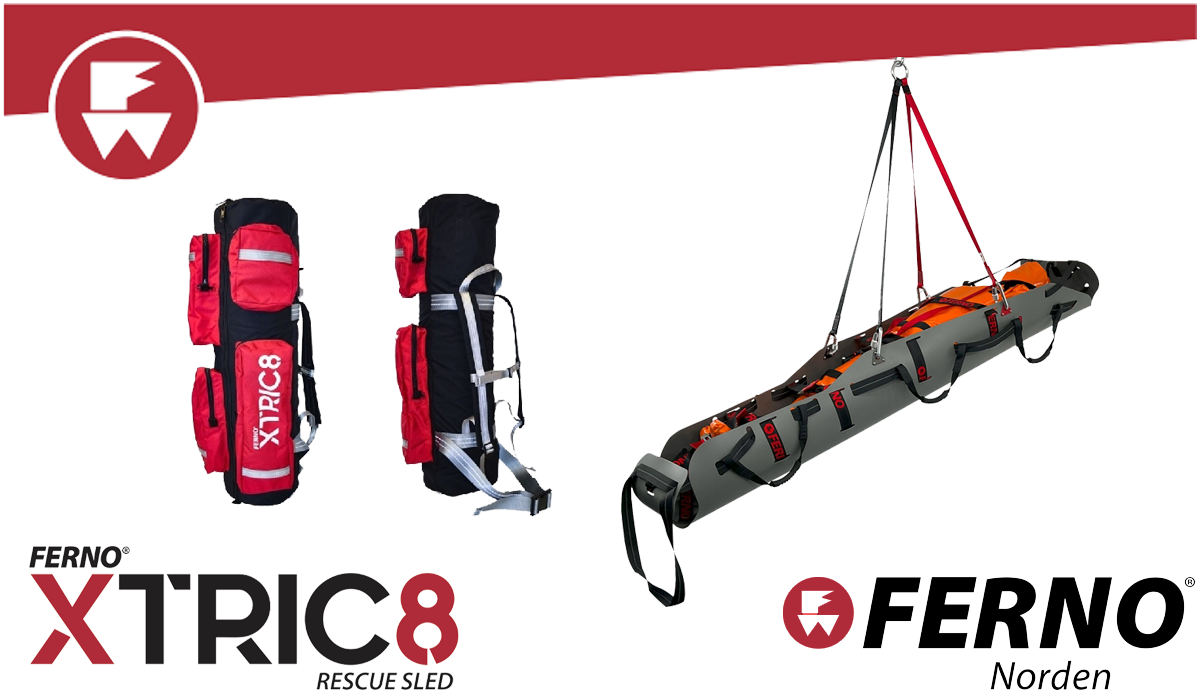
Kommentera